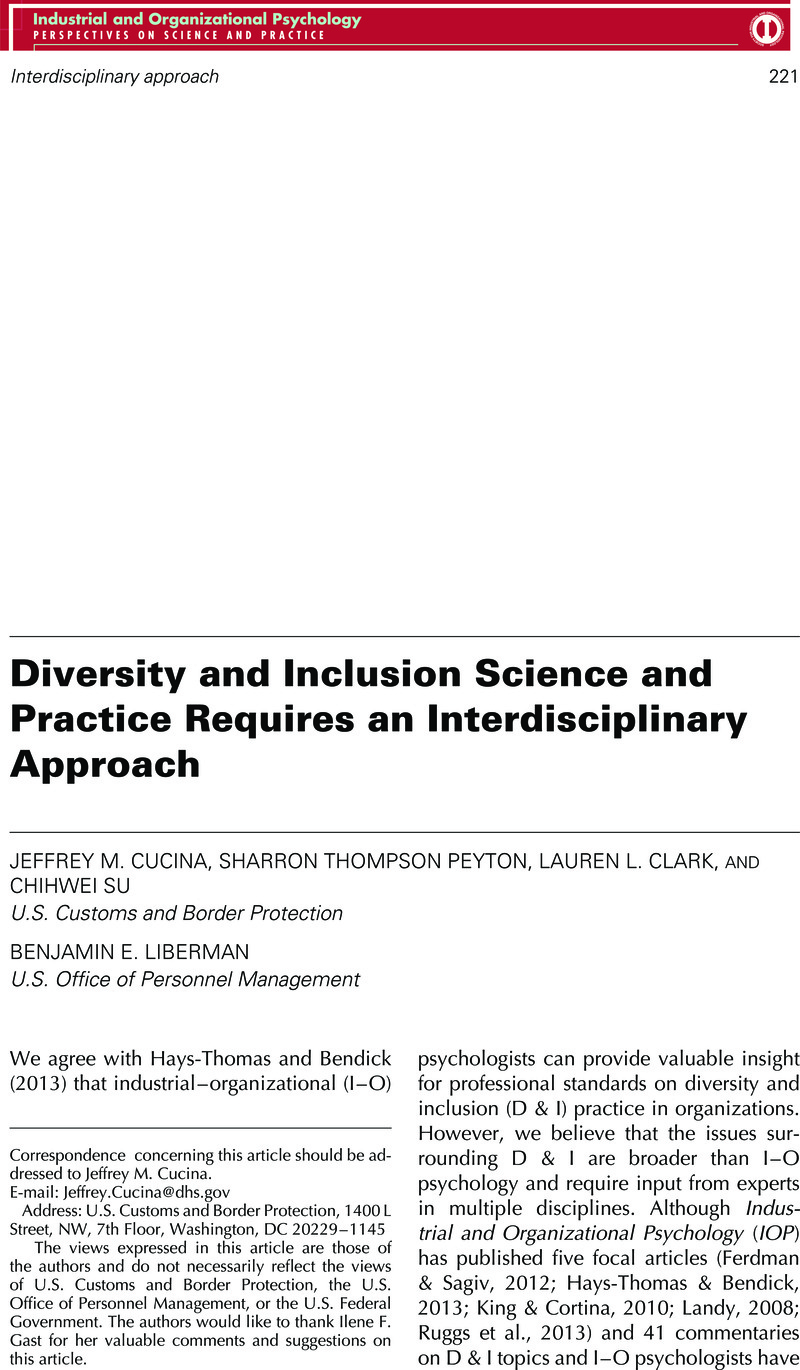Crossref Citations
This article has been cited by the following publications. This list is generated based on data provided by Crossref.
Doyle, Nancy
and
McDowall, Almuth
2022.
Diamond in the rough? An “empty review” of research into “neurodiversity” and a road map for developing the inclusion agenda.
Equality, Diversity and Inclusion: An International Journal,
Vol. 41,
Issue. 3,
p.
352.





